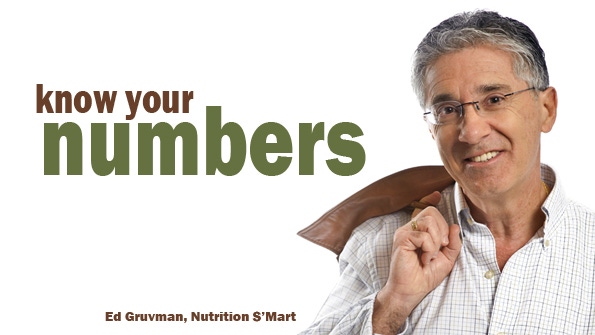
An exacting knowledge of top-selling products, slow movers, customer traffic and peak seasons helped Ed Gruvman build Nutrition S’Mart from one location in 1995 to six across Florida. From day one, Gruvman invested in a swift point-of-sale system and used it to manage his business as efficiently as possible.
“How can you make positive change if you don’t have all the information?” he asks. “Department managers require certain tools to manage their areas effectively, and now we have them.” Here, Gruvman shares how you can get the most from your POS system.
Natural Foods Merchandiser: What sales data should every retailer know?
Ed Gruvman: Which products are your best sellers and slow movers? How long have they been over- or underperforming? Sales data is the key to everything we do. We are very much in a new-products industry. Knowing what’s not working in your store gives you the opportunity to bring in new items. This data can also help you understand scheduling. If you know you do a lot of business between 10 a.m. and 2 p.m., you can man those four hours with additional people. We are constantly doing category management. Of course, when you bring in new products, things do change, but this is the best way to get a good picture. Whether you look at the data in a chart or a graph, it’s important to compare information for the same time periods from year to year in daily, monthly, weekly, quarterly and yearly reports. Real-time comparisons by department or category tell you so much.
NFM: Can you provide an example?
EG: Sure. Perhaps you’re not doing well in your vitamin department. Before, you would say, “Wow, we’ve got to increase traffic to that section.” But a POS might show you that there are specific categories within vitamins that are doing phenomenally. You also see which products aren’t doing well. Now you can go back into the department with that in mind. Perhaps you have 45 coenzyme Q10 options on the shelf and realize they’re not selling because you’re confusing everyone. You can reduce the number of SKUs to only those that are moving, which will eliminate confusion and create more shelf space.
NFM: POS systems are expensive. Does every store need one?
EG: It’s absolutely a necessary investment if you’re going to be in this business for the long term. The system doesn’t need to be the most sophisticated—or expensive. One of the best payoffs of a POS is the ability for managers to spend more time with customers to understand their concerns. Staff can also spend more time working on floor displays, merchandising, and sitting down with brokers and sales reps to discuss new products and promotions instead of going item-by-item placing orders, which takes valuable hours.
We’re always willing to help other stores achieve these benefits. If we get a phone call from our provider about somebody with an 11,000-square-foot store who would love to understand how we use our POS, we open our doors. If you have a 2,000-square-foot store, you need to visit a store of the same size to see how it uses its system.
NFM: How has POS most benefited your business?
EG: It has really helped us to reach out to customers because we know exactly what they’re purchasing. We have an excellent database of customers’ email addresses so we can contact them. What a great opportunity for us to find out, for instance, that someone comes in only to buy organic fruits and vegetables.
We can then get back to that customer with a coupon for vitamins and/or groceries. Customer loyalty programs like this are going
to drive our business in the future. I feel it in my heart.
3 tips to unlock the power of your point-of-sale system
Learn the bells and whistles. Contact your point-of-sale provider and ask for a tutorial on the system’s capabilities. Even if you just want a better cash register, a quicker way to check people out or a streamlined process for doing inventory, your provider can teach you how to become truly efficient at these tasks and more by optimizing your POS system.
Maintain a relationship. Gruvman knows that his business uses only 40 percent of its POS system’s potential, but he stays in communication with his provider about the latest technologies. “As soon as they are through with beta testing, they come to us saying, ‘This is now working perfectly and will be incredible for your stores,’” he says. Regular check-ins with your provider can help you stay ahead of the curve.
Don’t be overwhelmed. Start where you are. It’s easy to compare yourself with competitors, but instead contrast where you were a year ago. Don’t buy a POS system and expect to understand all of its potential in the first year. Instead, add one piece at a time as you master other areas. Think of working with your POS system like building
a relationship.
About the Author(s)
You May Also Like
.png?width=700&auto=webp&quality=80&disable=upscale)




